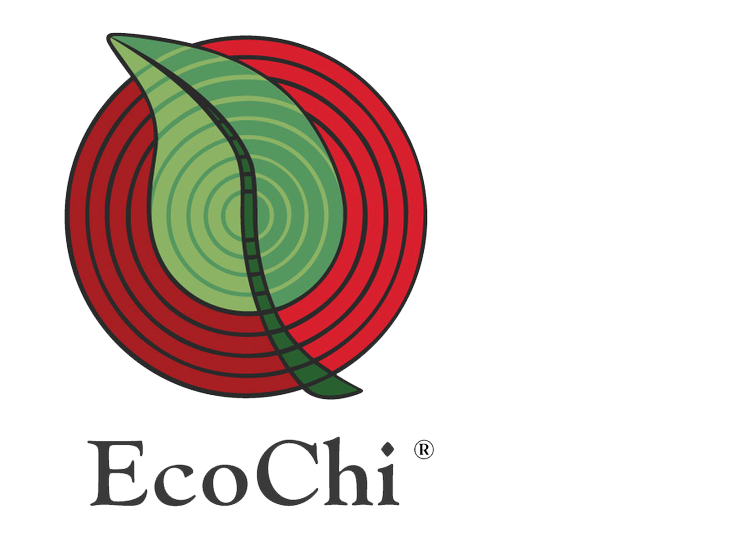Musical Alarms & Song To Reduce Hospital Noise
POSTED ON JULY 9, 2019 NEW YORK TIMES BY EMILY S. RUEB
After an unsettling hospital stay, Yoko Sen founded a startup that creates more pleasing sounds for medical devices. For some patients, it may be the last sound they ever hear. In 2012, Yoko Sen was in an emergency room, tethered to a machine bleating relentlessly in her ear. Ms. Sen, an electronic musician, was stunned. How could something “so loud and so jarring” be considered normal? “The fear of not knowing amplified the feeling of anxiety,” she said. And how, she wondered, could clinicians withstand the clangor? As she lay there, she said, a cardiac monitor rang out in a tone close to the musical note of C, clashing with a distant device wailing in a high-pitched F sharp, creating what’s called the devil’s interval, a dissonance so chilling that medieval churches forbade it. A single patient might trigger hundreds [of alarms] each day, challenging caregivers to figure out which machine is beeping, and what is wrong with the patient, if anything. The proliferation of pinging and bleeping can contribute to patient delirium and staff burnout. For device manufacturers, sound is often an afterthought in the design, Dr. Edworthy said, and they are worried about being sued if a machine had failed to cry out. They are also using sounds based on an outdated set of international safety standards, which have, paradoxically, perpetuated the din. Dr. Edworthy, who has been called the godmother of alarms, is leading a passionate group of specialists, including Ms. Sen, who now works with device manufacturers and hospitals to incorporate the needs of patients and clinicians, and Elif Ozcan, who leads the Critical Alarms Lab at the Delft University of Technology, in the Netherlands. Together, this group is developing tones that replace the anodyne blare of the current alarms with signals that mimic electronic dance music or a heartbeat. They are working to make alarms quieter, combining audible alarms with visual cues like interactive screens that look like paintings, and working to develop a new standard that is likely to go into effect early next year. Among other specifications, the standard for medical device alarm sounds (IEC 60601-1-8) sets forth tones for six critical functions: cardiovascular, drug administration, ventilation, oxygen, temperature and artificial perfusion (the flow of blood and oxygen), also known as “the six ways people die.” “It’s now possible to produce pretty much any sound you want from a medical device,” she said. At the Critical Alarms Lab, one of Dr. Ozcan’s group’s projects, called CareTunes, is a speculative, even quixotic, melodic design. The device transcribes a patient’s physiological condition into songs that sound a bit like chill electronic dance music. (Ms. Sen was an artistic adviser to the project.) The melody is derived from a patient’s vital signs: drums for the heartbeat, guitar for oxygen saturation and piano for blood pressure. When a patient is stable, the tune is harmonious, but it becomes dissonant when a patient’s status changes for the worse, ideally grabbing a caregiver’s attention. “We owe it to the community and health care,” she said. Yoko Sen has since recovered from her illness, but the bleating monitors are still “the soundtrack of my life,” she said. Through her start-up Sen Sound based in Washington, she has collaborated with medical device engineers to create new tones for home heart monitors, and with interior designers to build a so-called tranquillity room, where clinicians can relax, making them less likely to slam doors or talk loudly. As part of a project with OpenIdeo, Ms. Sen interviewed hundreds of people about the last sound they would want to hear during their final moments. Many people said they wanted to hear sounds from nature, like the ocean, or voices of family members. No one, she said, mentioned bleating alarms.
Click the Original Article Below to Hear Samples of the New Experimental Tones!
Copyright © 2019 EcoChi, LLC. All rights reserved.




